Understanding Injection Molded Parts
What Are Injection Molded Parts?
Injection molded parts are components created through the injection molding process, a manufacturing technique that allows for the economical production of both prototypes and high-volume production runs. The process involves melting down plastic pellets and injecting them into a mold, where they cool and harden into the desired shape. This method is prominent in various industries, leading to the widespread use of injection molded parts in items ranging from automotive components to consumer goods. The importance of injection molded parts cannot be understated, as they not only reduce manufacturing costs but also enhance product design and functionality.
The Injection Molding Process Explained
The injection molding process consists of several detailed steps:
- Material Preparation: Raw plastic materials in the form of pellets are fed into a hopper.
- Melting: The plastic is then conveyed into a heated barrel, where it is melted into a thick liquid.
- Injection: The molten plastic is injected under high pressure into a precisely made mold, which contains a cavity in the shape of the desired part.
- Cooling: After the injection, the material cools down and solidifies, taking the mold’s shape.
- Ejection: Once the part has cooled sufficiently, it is ejected from the mold, often using ejector pins.
Each of these stages is critical in ensuring the quality and precision of the final product. Variations in any step can affect the integrity and functionality of the molded part.
Common Materials Used in Injection Molding
Injection molded parts can be manufactured from a variety of materials, each offering distinct properties that suit different applications. Commonly used materials include:
- Thermoplastics: Such as ABS, polypropylene, and polycarbonate, known for their flexibility and toughness.
- Thermosetting Plastics: Including epoxy and silicone, which are durable and heat-resistant.
- Elastomers: Such as rubber-like materials, used for their stretchability and softness.
The choice of material directly impacts the performance characteristics of the final injection molded part, including its strength, durability, and resistance to environmental factors.
Benefits of Using Injection Molded Parts
Cost-Effectiveness in Production
One of the most significant advantages of injection molding is its cost-effectiveness, especially for large production runs. The upfront costs associated with creating molds can be high, but these costs are amortized over large volumes. Additionally, the speed of injection molding allows for rapid production cycles, ensuring that companies can meet market demand swiftly. This efficiency drastically reduces labor costs and material waste compared to other manufacturing processes, making injection molding an economical choice.
Precision and Quality Control
Injection molding provides exceptional precision and accuracy in part designs. The process enables the creation of intricate shapes and small tolerances that are challenging to achieve with other methods. The molds can be engineered to tight specifications, ensuring high-quality parts that meet stringent industry standards. Furthermore, the consistency of the injection molding process allows manufacturers to maintain quality control across multiple production runs, thereby minimizing defects and ensuring uniformity in the final products.
Design Versatility and Options
Injection molded parts offer vast design versatility, enabling manufacturers to explore endless customization possibilities. The ability to create complex geometries, integrate different colors and materials, and design features like undercuts and ribs expands the functionality and aesthetics of products. This flexibility not only enhances product appeal but also allows engineers to incorporate functional aspects directly into the part design, reducing the need for additional components.
Applications of Injection Molded Parts Across Industries
Automotive Industry Requirements
In the automotive industry, injection molded parts are integral to the manufacturing of a wide range of components, including dashboards, panels, and connectors. These parts must adhere to strict safety and performance standards, necessitating precision engineering and high-quality materials. The lightweight nature of injection molded components also contributes to improved fuel efficiency and overall vehicle performance.
Consumer Goods and Electronics
The consumer goods sector heavily relies on injection molded parts for packaging, containers, and components of household appliances. With user preferences increasingly leaning toward aesthetic designs, the capabilities of injection molding to produce attractive and functional designs have become a significant asset. Similarly, in electronics, injection molding is used to manufacture housings and internal components that guarantee durability and excellent performance under various operational conditions.
Medical Device Manufacturing Insights
The medical industry utilizes injection molded parts to create devices and components that adhere to stringent health regulations. Parts must be manufactured to minimize contamination risk and ensure safety. Materials used in medical device manufacturing must also be biocompatible, presenting additional challenges for designers and manufacturers. The precision required in producing these parts is critical when developing diagnostic devices, implants, and other medical apparatus.
Best Practices for Designing Injection Molded Parts
Key Considerations in Design
When designing injection molded parts, several key factors must be considered to optimize moldability:
- Draft Angles: Incorporating appropriate draft angles facilitates easier ejection from molds.
- Wall Thickness: Maintaining uniform wall thickness reduces stresses and ensures even cooling.
- Radii and Fillets: Incorporating radii and fillets can enhance flow and reduce stress concentrations.
Common Mistakes to Avoid
Designers should be vigilant about common pitfalls that could lead to issues in the injection molding process:
- Ignoring Material Properties: Always take into account the specific properties of the chosen material, as this affects design feasibility.
- Overly Complex Designs: Aim for simplicity where possible; complexity can lead to increased production times and costs.
- Neglecting Tolerances: Specify tolerances carefully to avoid production defects.
How to Optimize for Manufacturing Efficiency
To improve manufacturing efficiency, consider adopting practices such as:
- Prototyping: Create prototypes to evaluate design, fit, and performance before full-scale production.
- Utilizing Advanced Software: Employ design software that simulates the molding process to identify potential issues early.
- Collaboration: Work closely with manufacturing teams to align design and production methodologies.
Future Trends in Injection Molded Parts Production
Technological Innovations in Molding Processes
As technology advances, the injection molding industry sees innovations such as enhanced 3D printing capabilities, which offer increased customization and rapid prototyping options. Smart manufacturing solutions, including IoT integration and data analytics, are revolutionizing the process by improving real-time monitoring, predictive maintenance, and process optimization.
Green Manufacturing Practices and Sustainability
Sustainability is becoming a significant focus in manufacturing, and the injection molding industry is no exception. Many manufacturers are exploring eco-friendly materials, reducing waste, and investing in energy-efficient machinery. The push for sustainability is also encouraging increased recycling efforts for plastic materials.
Market Trends and Consumer Demands
Consumers are driving demand for higher quality, customizable products with quick turnaround times. As a response, manufacturers are being challenged to innovate continuously, improving their injection molding processes and adopting new technologies to meet these demands. This trend emphasizes the importance of agility in production and responsiveness to market needs.
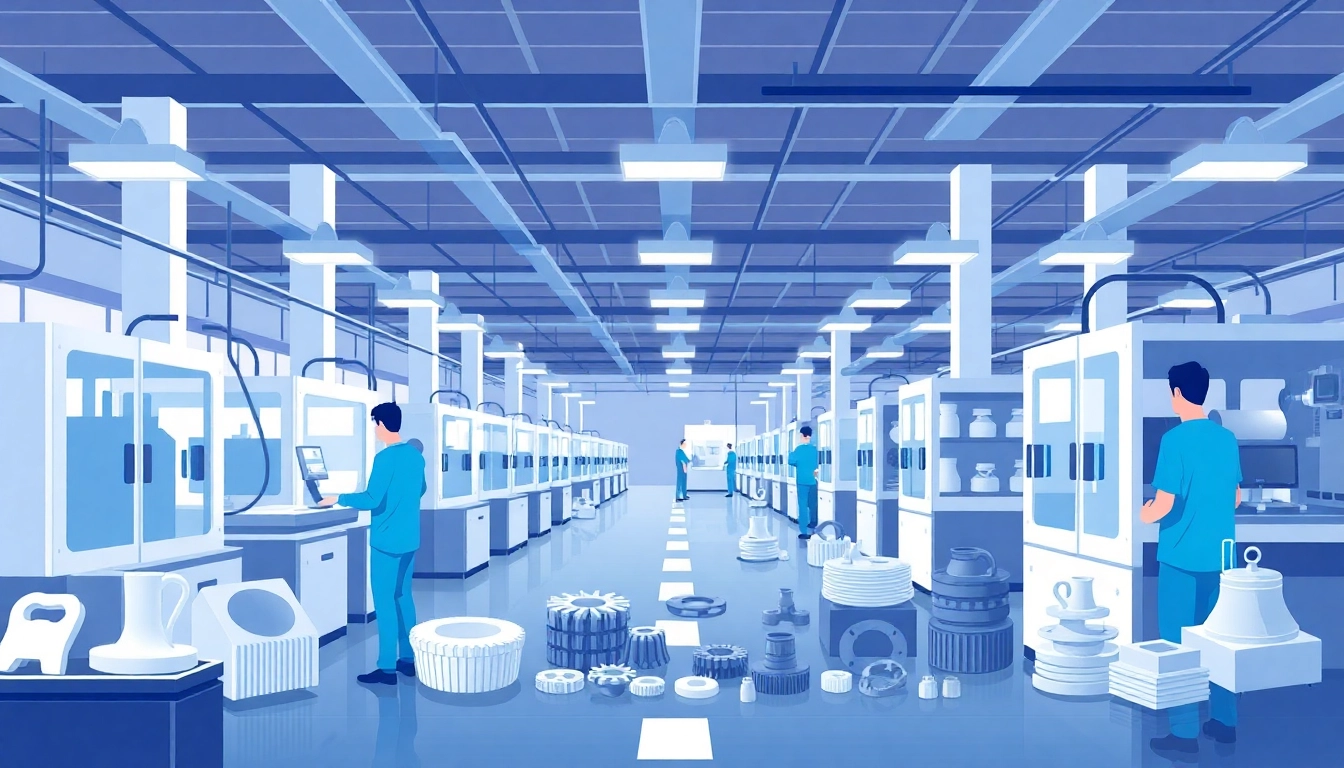
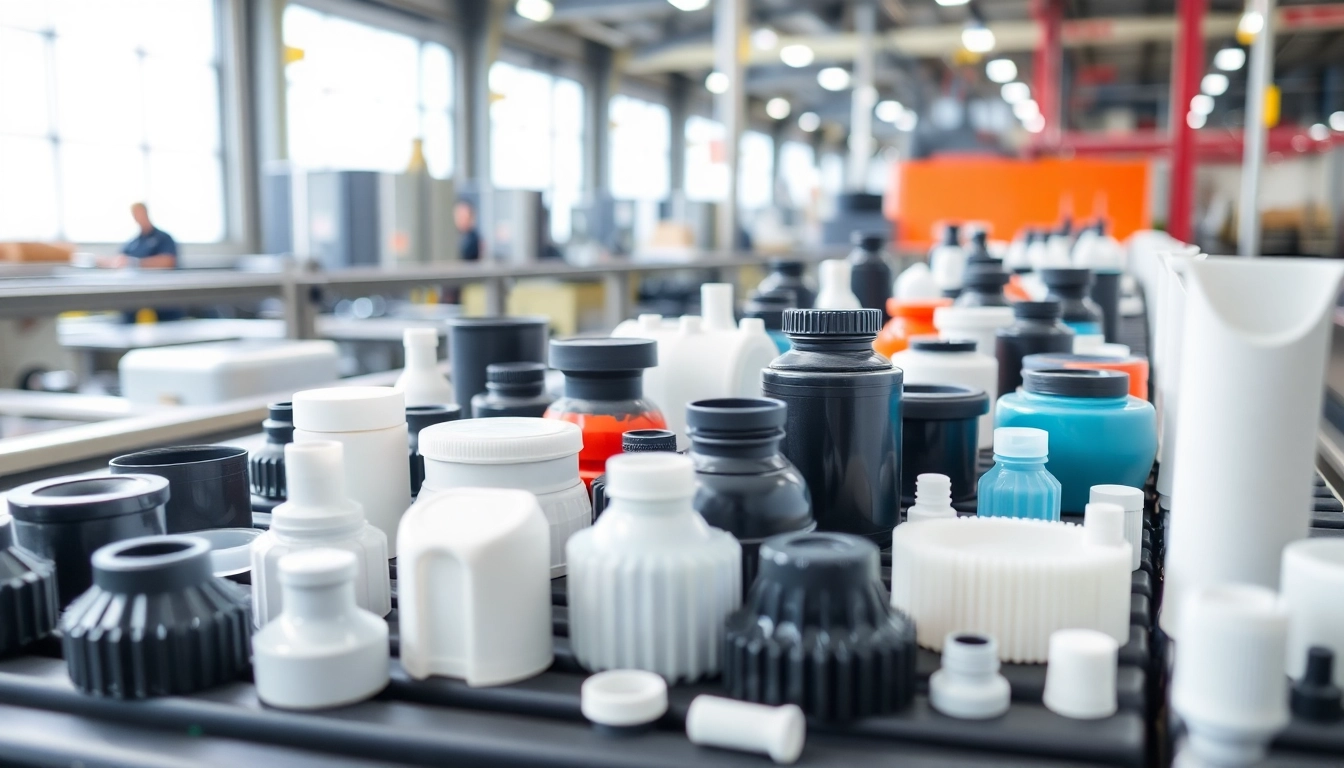
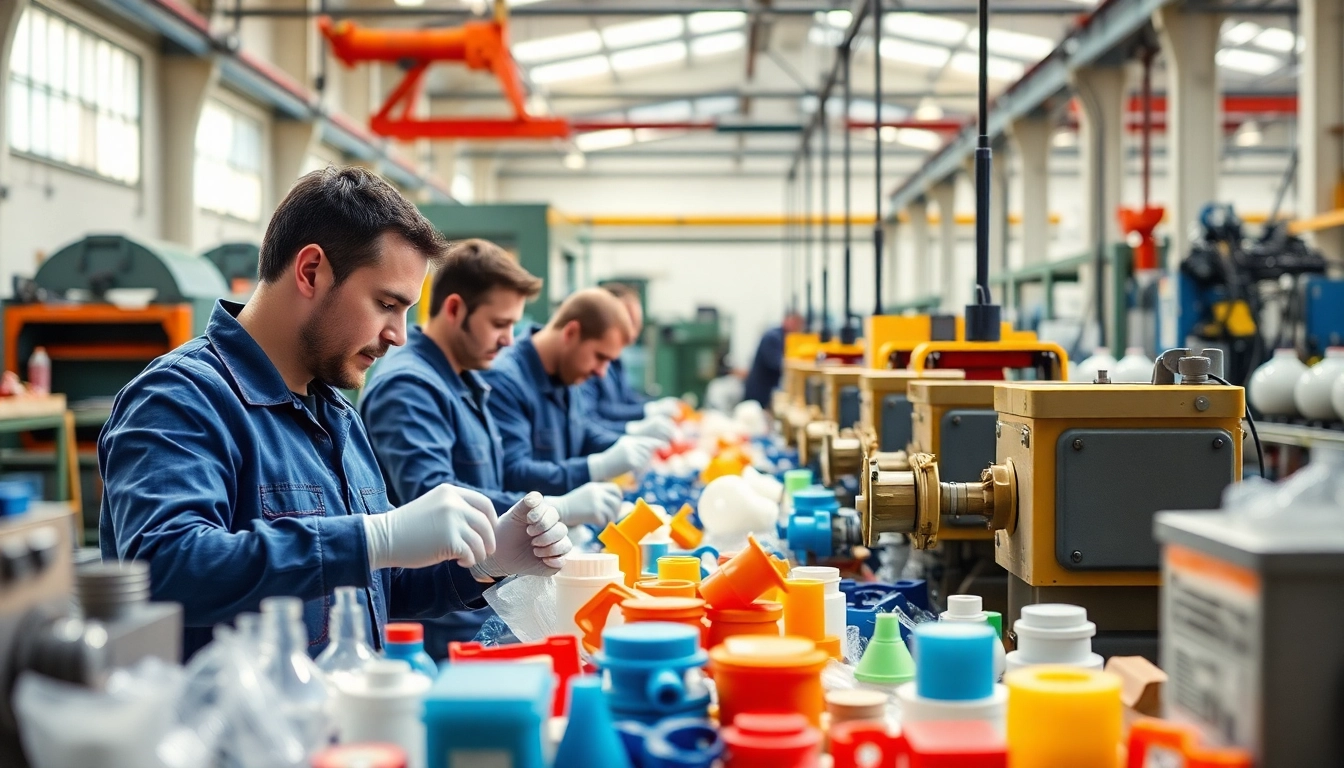
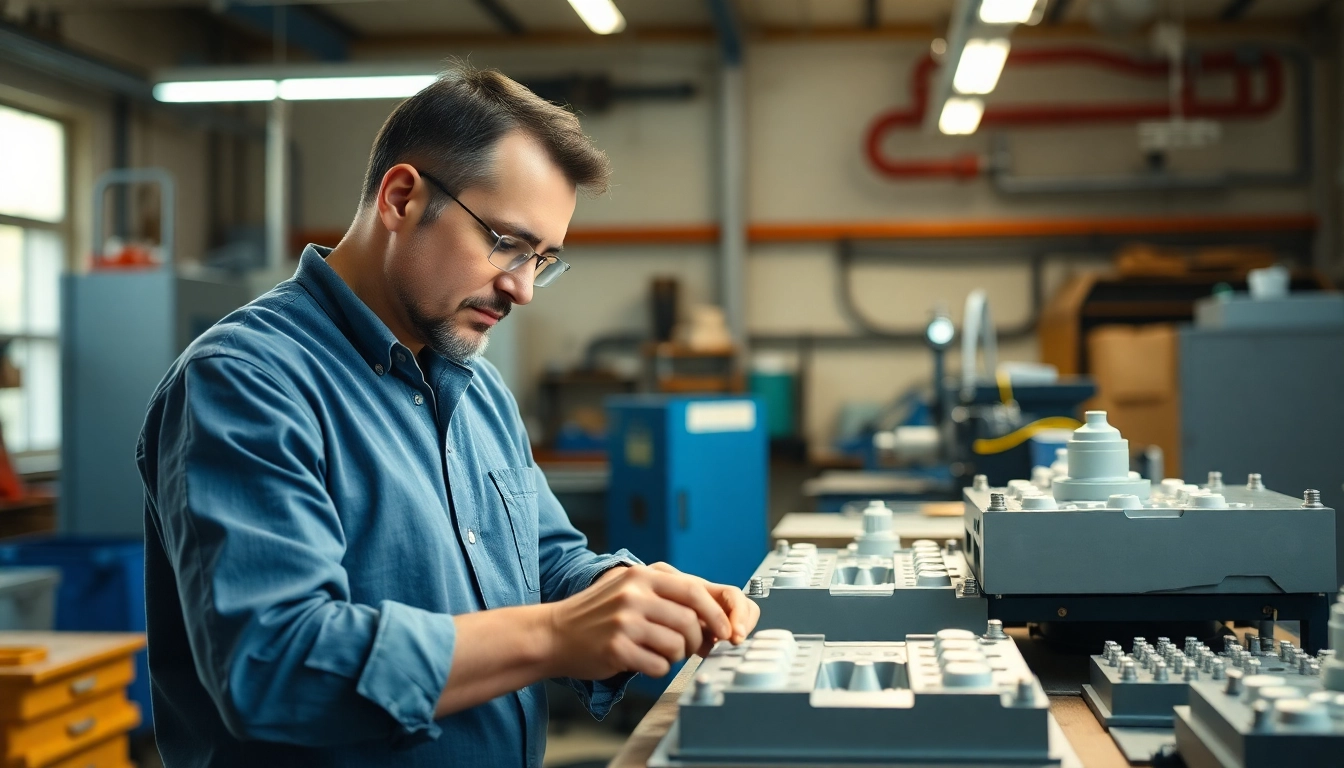
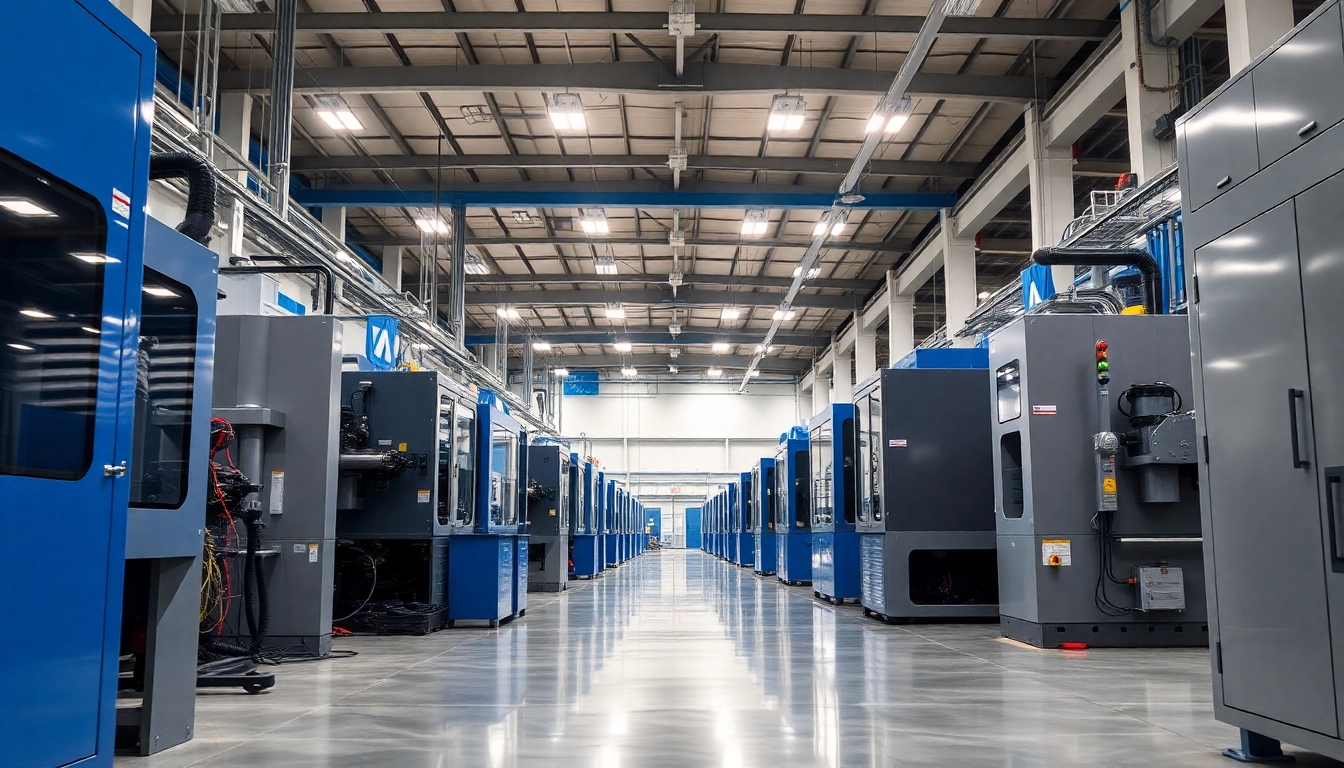
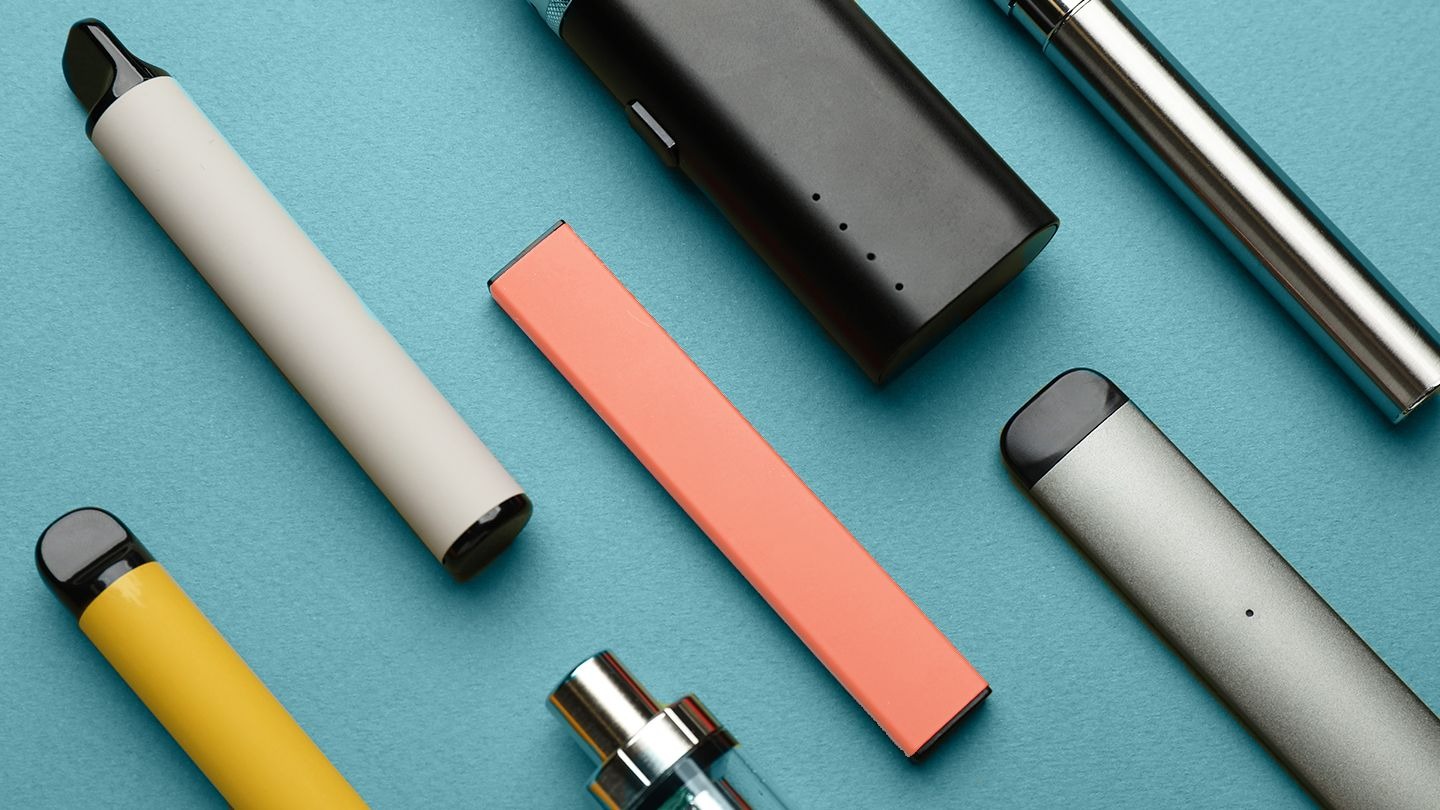



Leave a Reply